Best plants for a green roof – 9 popular options for a living roof
These practical yet pretty plants are ideal for adding coverage, color and interest to your green roof
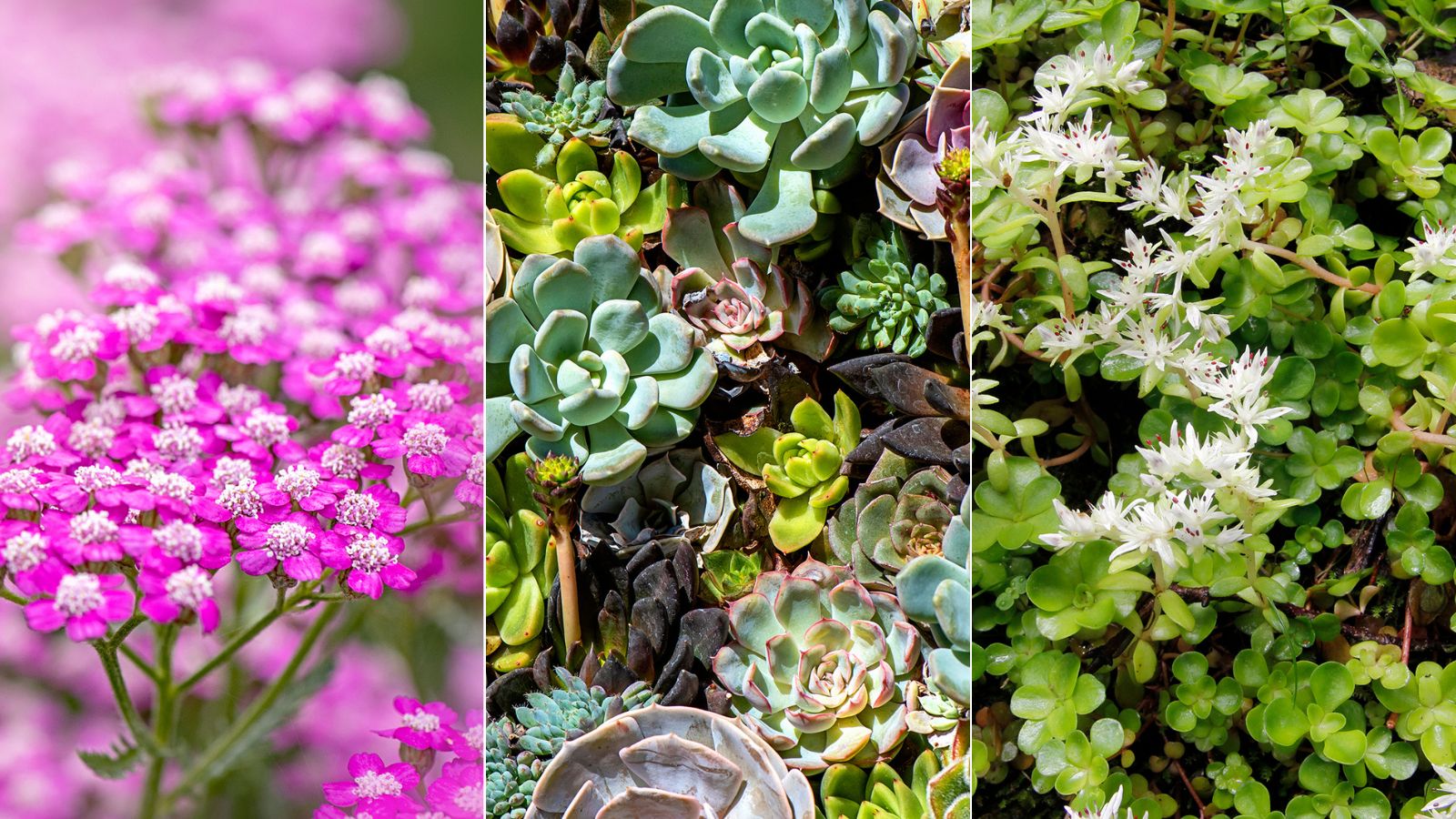

Working out the best plants for your green roof will primarily depend on the type of green roof you have. A green roof can be an intensive (or thick) type; extensive (or thin); or semi-extensive/hybrid, which is a combination of the two.
An extensive roof needs to be able to function independently as you will not be able to access it once it is established, so plants such as sedums are popular. For an intensive roof, access is essential as you will need to occasionally tend to your green oasis. On an intensive roof, your options are much broader and you are able to grow everything from sedums to trees.
To help you make the right choice, we've rounded up the top plants for every type of green roof.
Create a verdant outlook with the best plants for a green roof
‘Specialist companies that supply sedum roofing materials have researched the best planting schemes for just this application,’ says Karl Harrison, founder of Karl Harrison Design. ‘It’s important to have a mixture of plants in your scheme, and you also have to consider the thickness of the green roof you are creating. The best plants for a green roof with a very thin layer of soil are Cotula hispida, sedums, acaena, and sempervivums. Some well-drained and thin soil-loving plants like thyme work well, too.’
On a semi-extensive roof, think about planting ornamental grasses, muscari, or small species of allium.
If you’re going for an intensive green roof, a wide variety of plants is possible, including shrubs and even trees. Choosing drought-tolerant plants can be a sensible strategy though.
1. Iceland moss (Sedum ternatum)
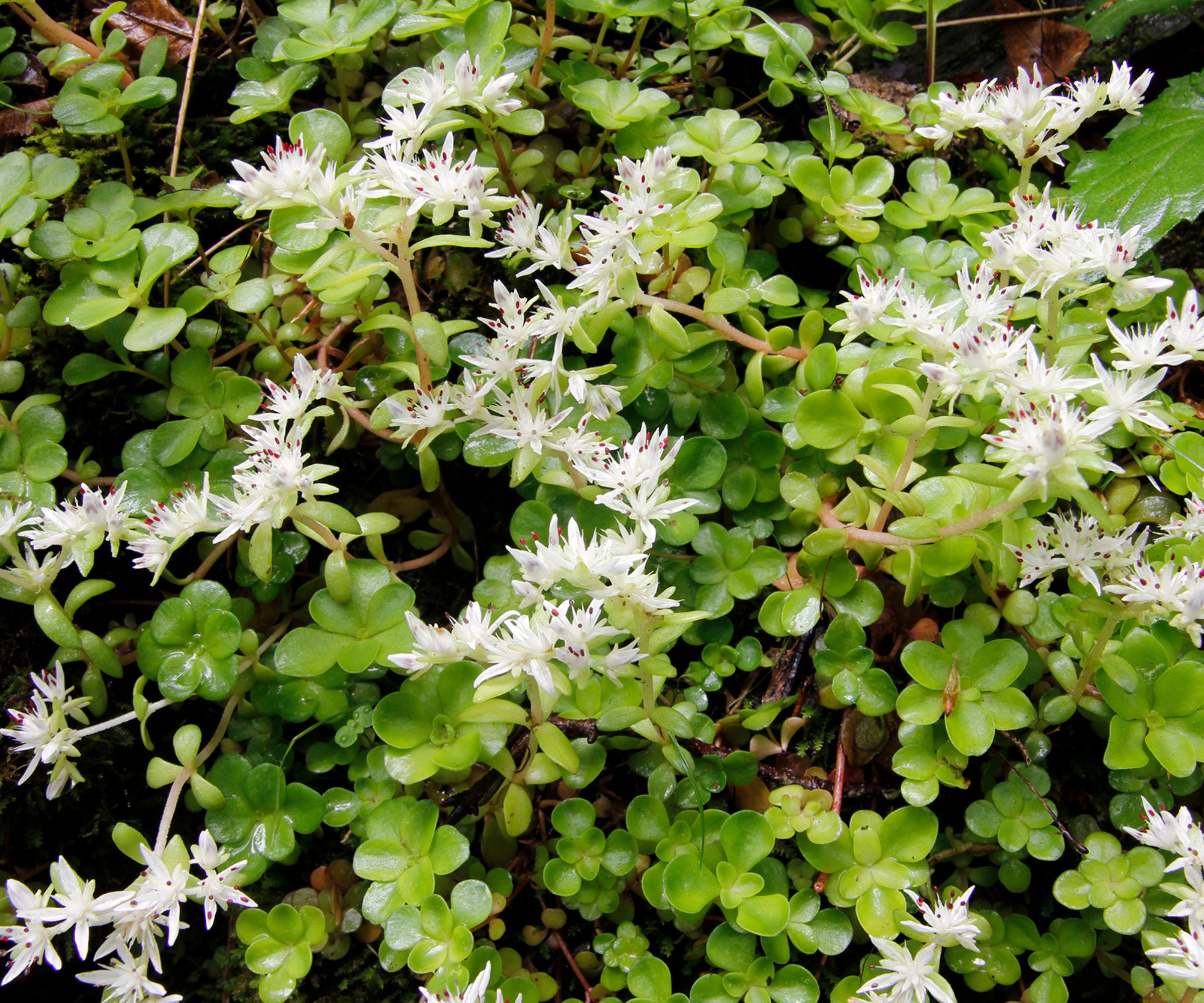
- Hardiness: USDA 4 to 6
- Green roof suitability: Extensive, intensive and semi-intensive green roof
The backbone of any type of green roof whether intensive, extensive or hybrid. Sedum plants, which store water in their leaves, can tolerate drought and are very hardy. Sedum can shut down their gas exchange openings when it’s hot, opening them again at night when it’s cooler and less water will evaporate. Sedums are also easy to care for and resilient when it comes to disease and pests.
Sedum ternatum is native to much of the eastern United States and is a mat-forming, evergreen perennial – ideal for a green roof. It erupts in beautiful white flowers come spring – perfect for attracting pollinators.
2. Sempervivum
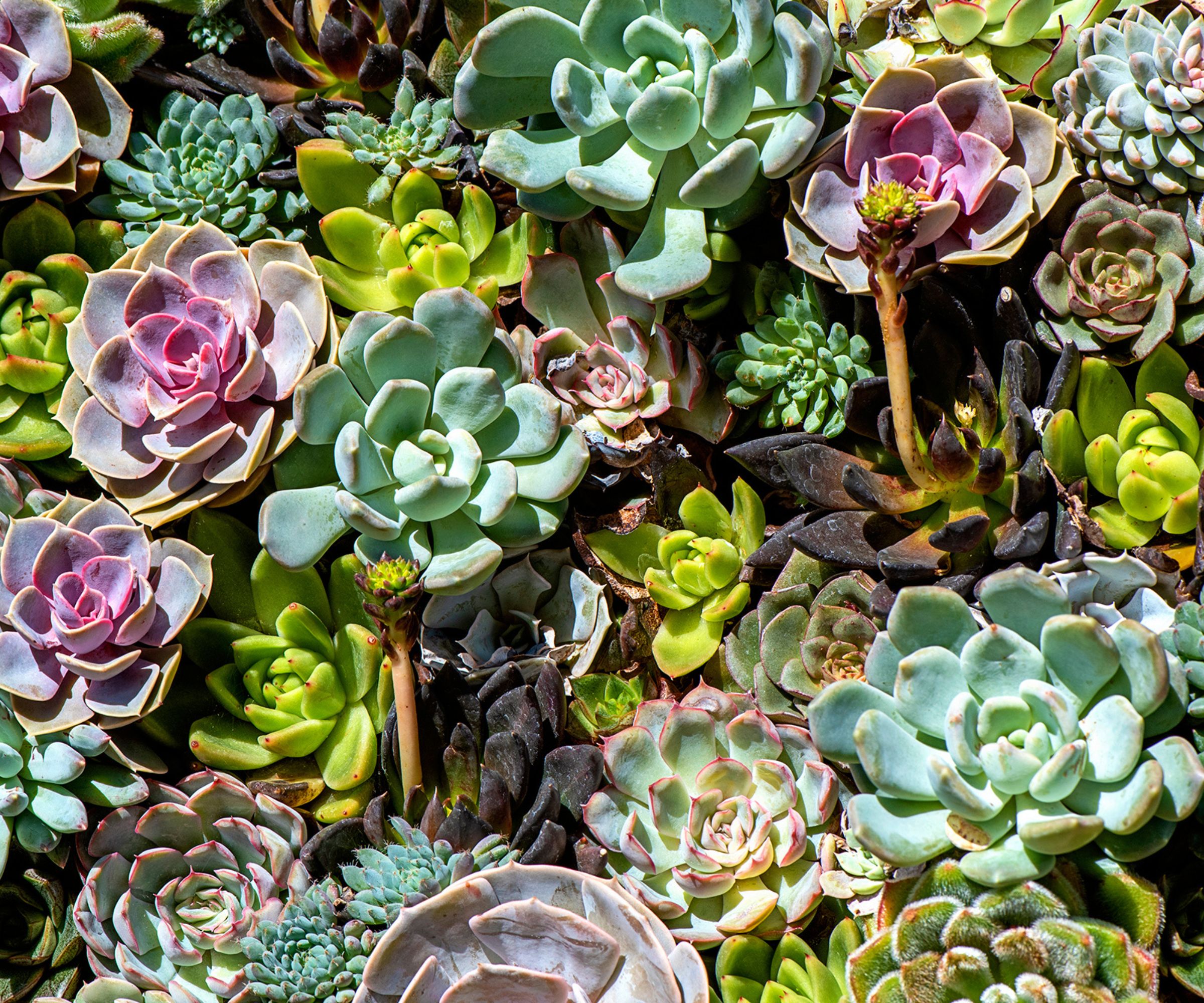
- Hardiness: USDA 3 to 8
- Green roof suitability: Extensive, intensive and semi-intensive green roof
Also known as houseleek or hens and chicks, this mat-forming drought-tolerant plant is ideal for all types of green roofs. When intertwined with sedum, its beautiful rosettes add color, texture and interest to an intensive roof, while it can be used to plug gaps and provide a backdrop for extensive and hybrid roofs.
If you can't decide on a specific variety, why not treat yourself to an assortment of different plants such as this Hens and Chicks collection from Nature Hills.
3. Yarrow (Achillea)
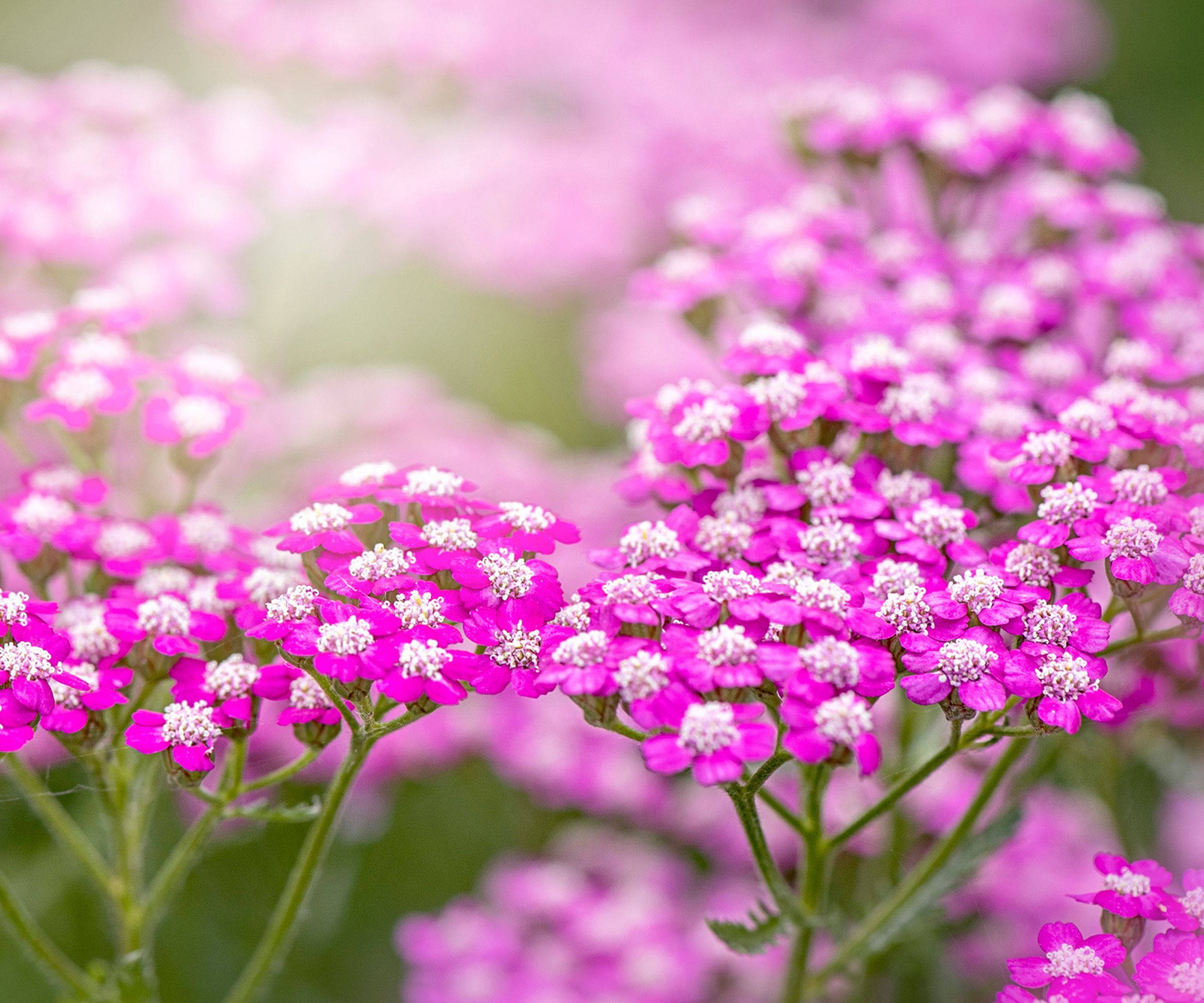
- Hardiness: USDA 3 to 8
- Green roof suitability: Intensive and semi-intensive green roof
Semi-evergreen, yarrow is characterized by its height and vibrant umbellifer flowers – we love the colorful mix in this Cherries Jubilee blend from Burpee. They are also one of the best flowers that attract bees. Due to its preference for poor soil, yarrow is well-suited to the more challenging climate of an intensive green roof.
4. Blue Oat Grass (Helictotrichon sempervirens)
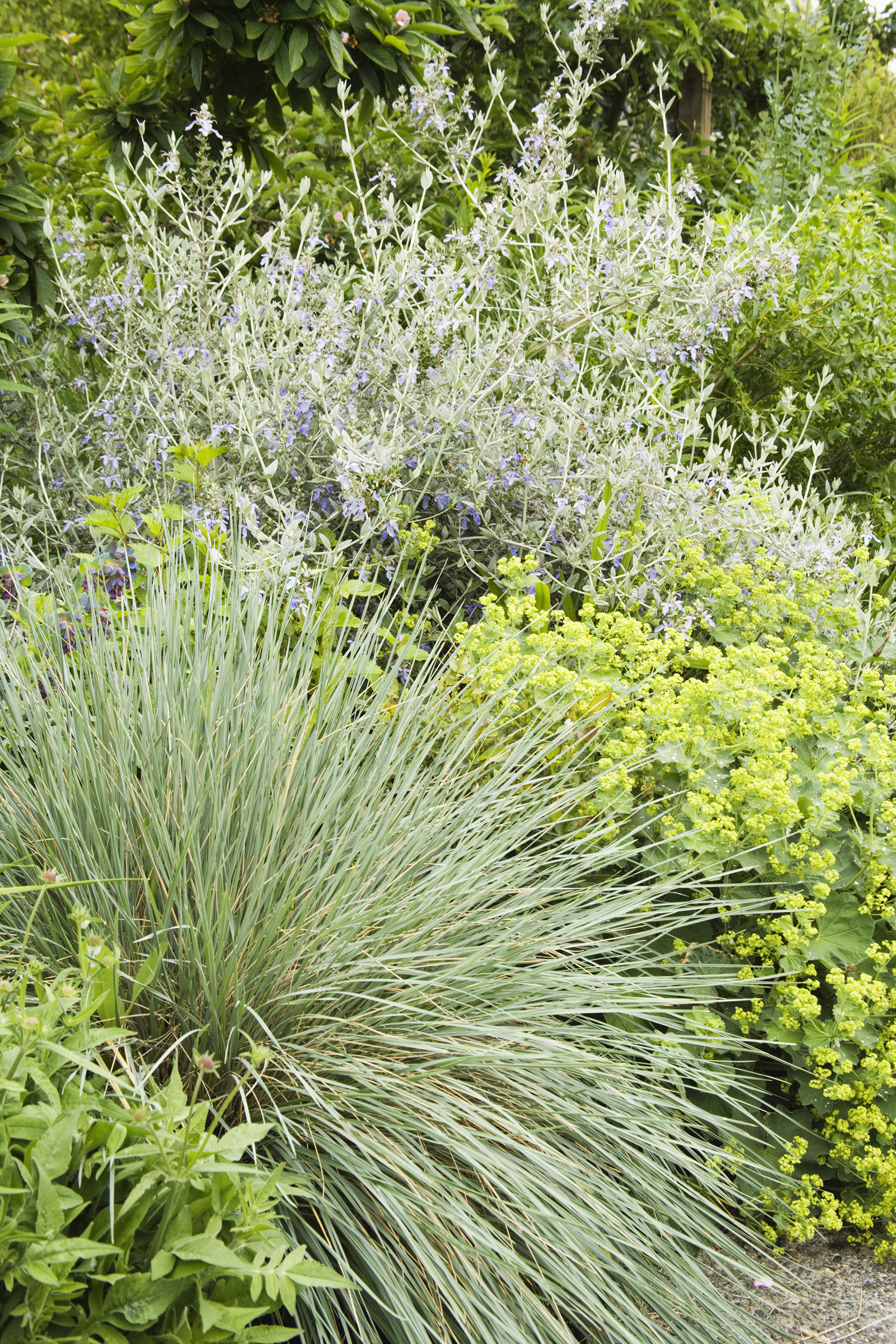
- Hardiness: USDA 4 to 8
- Green roof suitability: Intensive and semi-intensive green roof
Grasses bring height and texture to a living roof and are a valuable addition. They can also be used to add a bit of garden screening to your roofing area should you wish to add seating or similar.
There are lots of suitable grasses for growing on green roofs but Nikki Barker, Senior Horticultural Advisor at the RHS highlights blue oat grass – available from Nature Hills – as one of her favorites. 'This evergreen grass adds year-round color and looks lovely on a living roof,' she explains.
If opting to add blue oat grass to your living roof, it is important you know how to grow ornamental grasses in order to ensure their greatest success.
5. Birdsfoot trefoil (Lotus corniculatus)
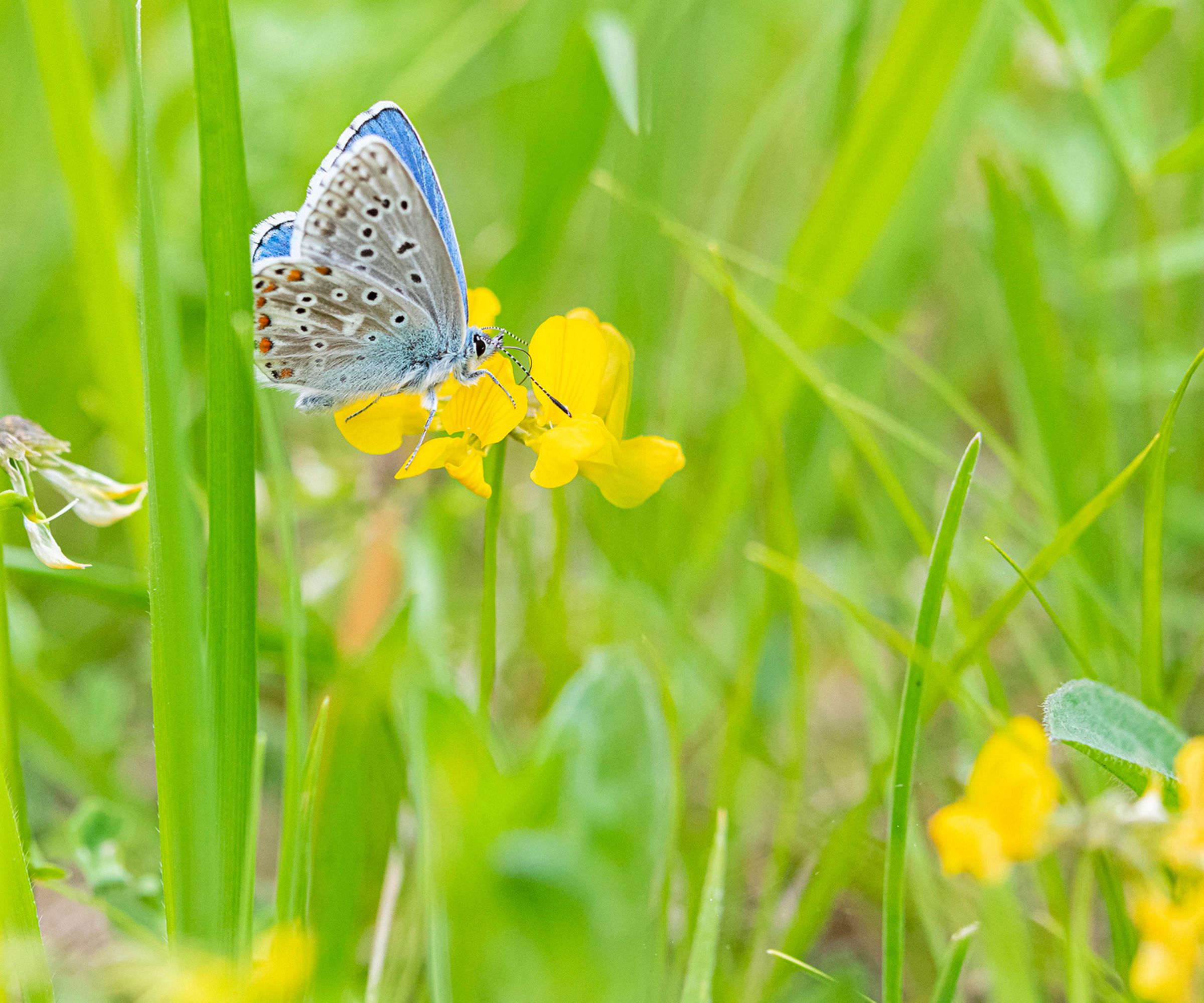
- Hardiness: USDA 3 to 9
- Green roof suitability: Extensive, intenstive and semi-intensive green roof
Encouraging wildlife is a key part of adding a green roof to your garden so it's vital you incorporate some plants for pollinators.
A favorite addition to wildflower gardens, bee-friendly Lotus corniculatus (birdsfoot trefoil) is a great choice. A member of the pea family, its bright yellow flowers will be easy to recognize, even from afar.
6. Astrantia
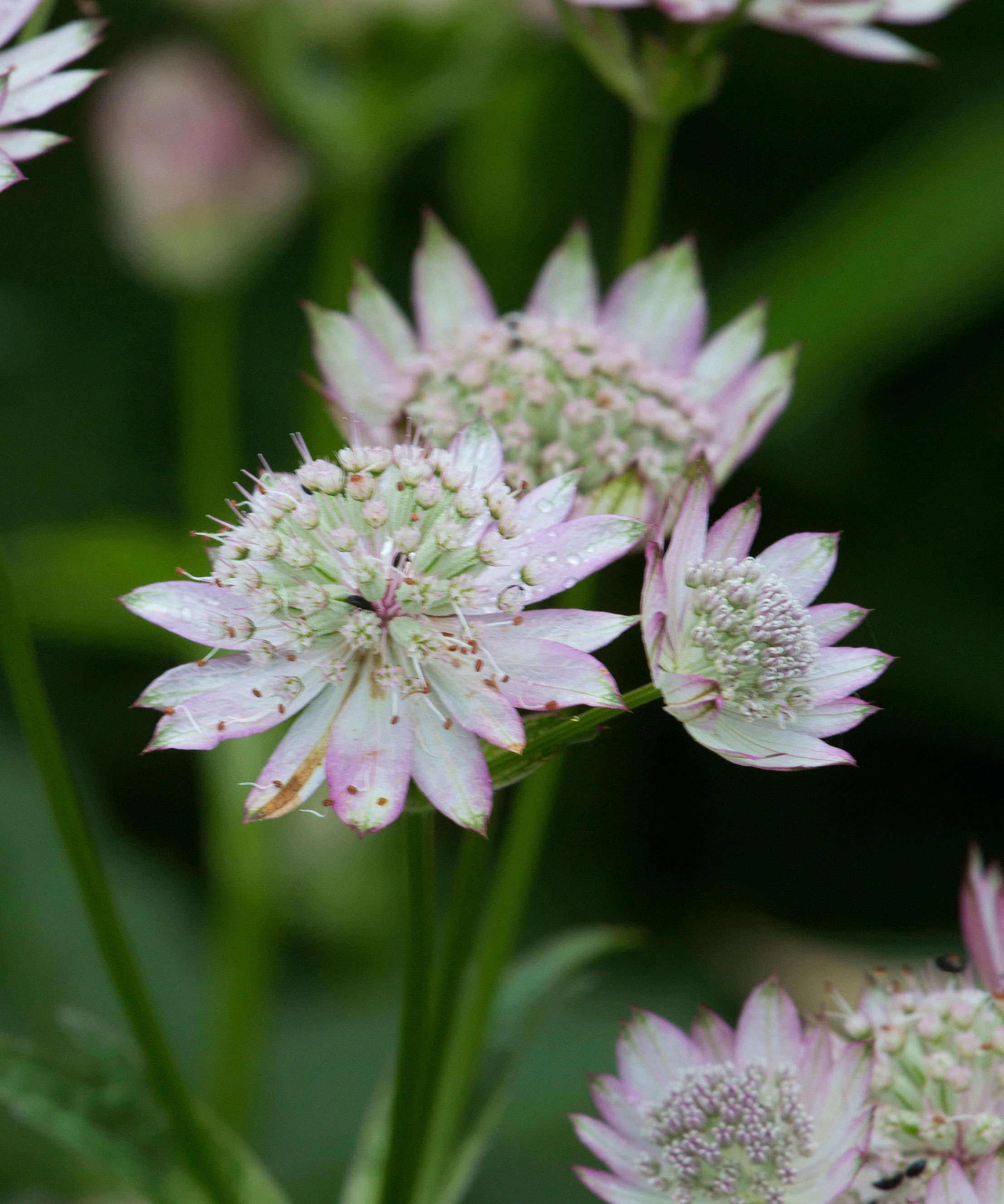
- Hardiness: USDA 6 to 9
- Green roof suitability: Intensive and semi-intensive green roof
One of our favorite late summer flowers, astrantia are pretty perennials. 'Astrantia are happy to grow in dappled shade to sun and tolerant of most soil types as long as it is not dry. They are easy, prolific self-seeders and come in a range of hues,' explains garden writer and photographer Leigh Clapp.
Due to a small root spread, they are well suited to green roofs but, since they will need maintenance, are only compatible with intensive and semi-intensive green roofs.
7. Turkestan tulip
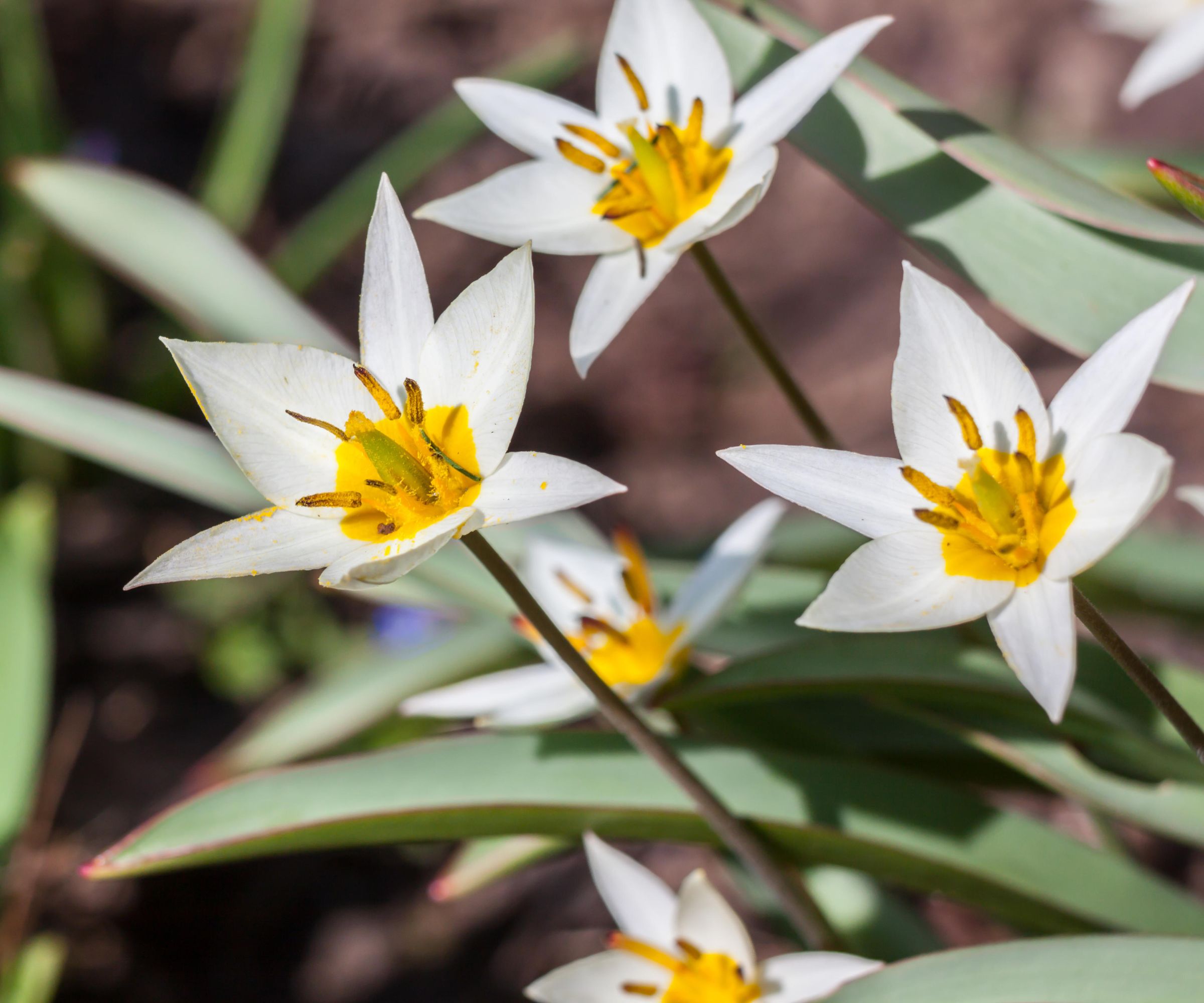
- Hardiness: USDA 3 to 9
- Green roof suitability: Intensive and semi-intensive green roof
Bulbs can be a great addition to a semi-intensive or intensive green roof. While not a commonplace addition, expert horticulturists at the Green Roof Garden at the Plant Science Center trialed it to great success.
'In the 4-inch display, there are crocus and smaller species of tulips; in the 6-inch area you will see daffodils, Siberian squill, and more tulips, and in the 8-inch area we have planted more daffodils and larger tulips,' explains Courtney Hughes is the horticulturist for the Lavin Evaluation Garden and Green Roof Gardens.
If growing spring bulbs on a green roof, be sure to factor in the soil depth and opt for mini cultivars – Courtney recommends Turkestan tulip (Tulipa turkestanica).
8. Thyme
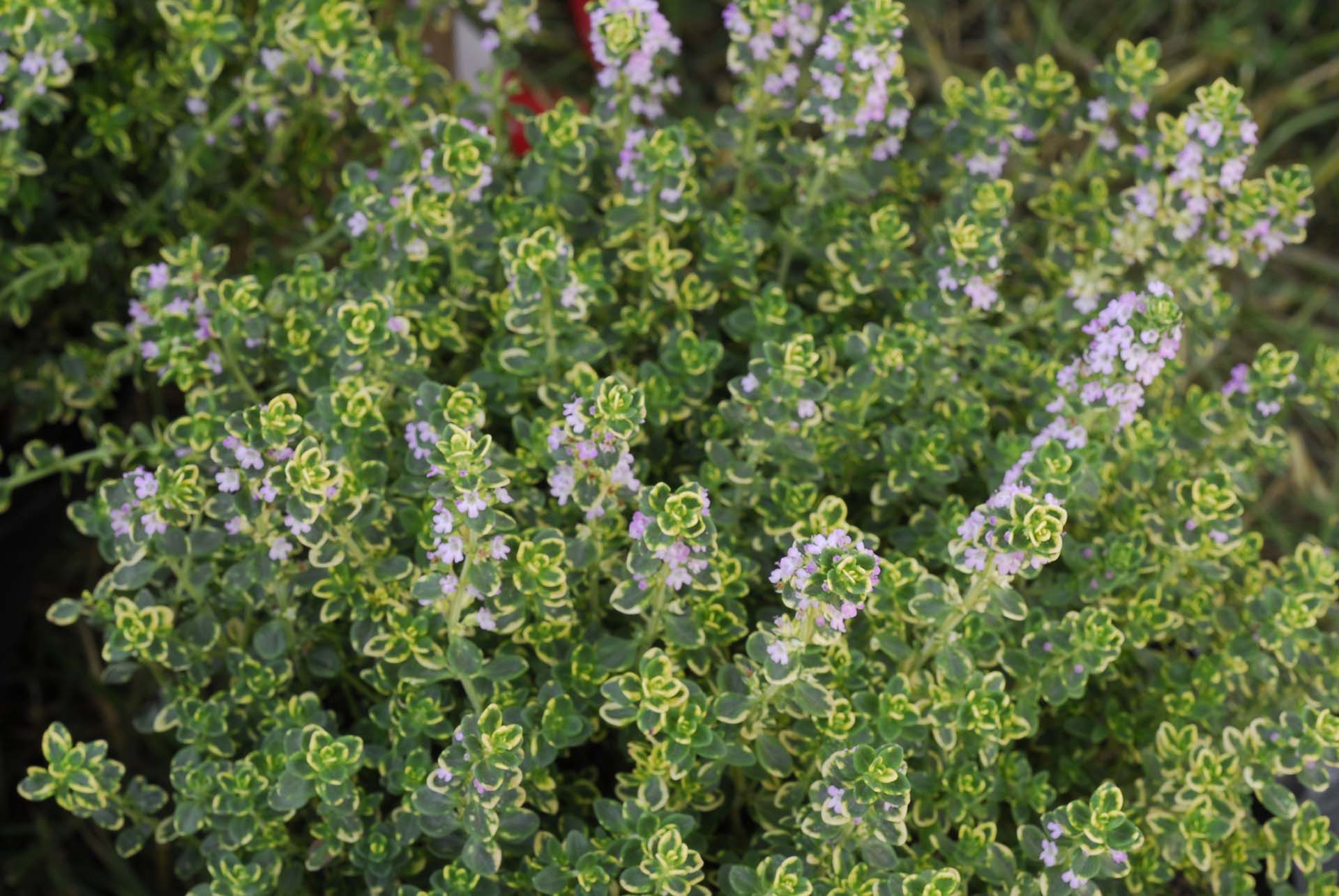
- Hardiness: USDA 5 to 8
- Green roof suitability: Intensive and semi-intensive green roof
An essential part of any herb garden, thyme is a great addition to a living roof.
'Thyme is a good option for an intensive living roof because it is hardy, drought-tolerant, and fragrant. It also has a low growth habit, which makes it a good option for a green roof with a shallow substrate depth,' explains Elizabeth Grace, designer and founder of Dream Home Making. 'To care for thyme, make sure the soil is well-drained and that the plants are not over-watered. Thyme also prefers full sun to partial shade.'
9. Festuca
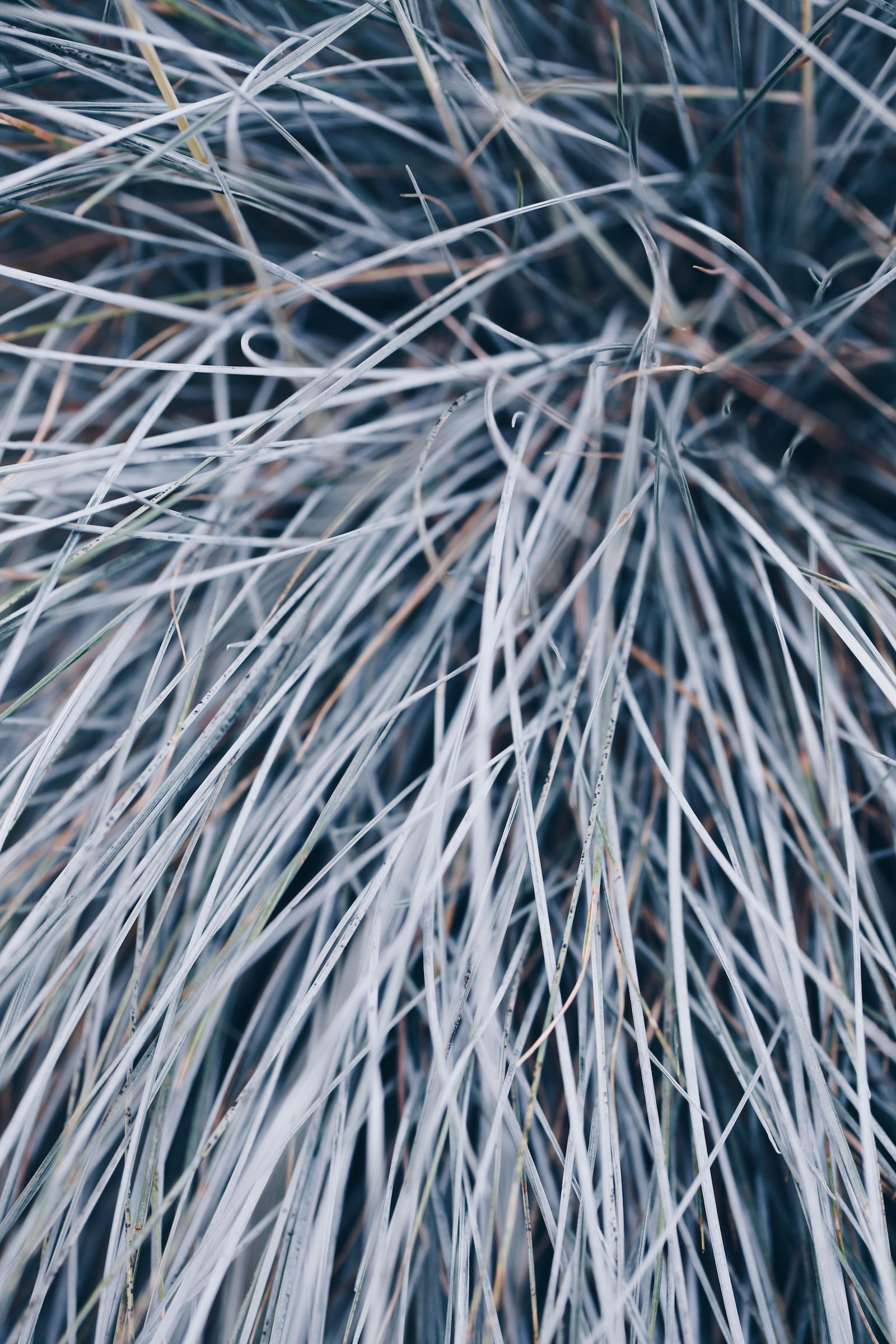
- Hardiness: USDA 4 to 8
- Green roof suitability: Extensive, intensive and semi-intensive green roof
A textural and flowering grass, festuca is a beautiful addition to a living roof. 'Festuca, also known as fescue, is a good option for an extensive living roof because it is drought-tolerant, low-maintenance, and able to handle a wide range of temperatures. It also has a low growth habit, which makes it a good option for a green roof with a shallow substrate depth,' says Elizabeth Grace.
'To care for festuca, make sure the roof has good drainage and that the soil is well-drained. It is also important to ensure that the plants are not over-watered, as this can lead to root rot,' adds Elizabeth.
10. Oregano

- Hardiness: USDA 8 to 10
- Green roof suitability: Intensive and semi-intensive green roof
'The oregano plant isn’t one we usually consider outside of its culinary uses, however it makes an ideal living roof plant,' explains Mo Bhula from The Botanical Archive.
'It also contrasts well with the other succulent plants on this list by adding a cool green to our roof color palette. The oregano plant also produces beautiful flowers which are fantastic for pollinators.'
What plant is best suited for green roofs?
Out of all the best plants for a green roof, you can't go wrong with sedum. There are a wide range of varieties in a range of colors, textures, and flowering patterns that will add interest and texture to all styles of green roofs.
Sign up to the Homes & Gardens newsletter
Design expertise in your inbox – from inspiring decorating ideas and beautiful celebrity homes to practical gardening advice and shopping round-ups.

Having graduated with a first class degree in English Literature, Holly started her career as a features writer and sub-editor at Period Living magazine, Homes & Gardens' sister title. Working on Period Living brought with it insight into the complexities of owning and caring for period homes, from interior decorating through to choosing the right windows and the challenges of extending. This has led to a passion for traditional interiors, particularly the country-look. Writing for the Homes & Gardens website as a content editor, alongside regular features for Period Living and Country Homes & Interiors magazines, has enabled her to broaden her writing to incorporate her interests in gardening, wildlife and nature.
-
 Orange and green is the bold color pairing quietly transforming homes in 2025 – here's 4 reasons why
Orange and green is the bold color pairing quietly transforming homes in 2025 – here's 4 reasons whyInterior designers are making the orange and green combination work wonders – this is how you can too
By Sophia Pouget de St Victor Published
-
 This Michelle-Pfeiffer-approved chair is made of a forebodingly unusual material, opening the debate: Is it a rustic stunner, or a danger to sitters?
This Michelle-Pfeiffer-approved chair is made of a forebodingly unusual material, opening the debate: Is it a rustic stunner, or a danger to sitters?The actress took to Instagram with a chair made of a controversially sharp material – and fans are unsure of how they feel about it
By Sophie Edwards Published